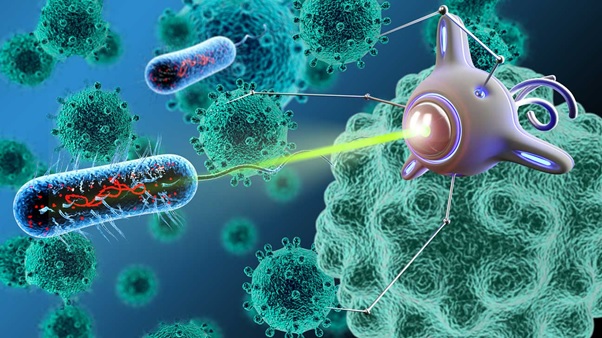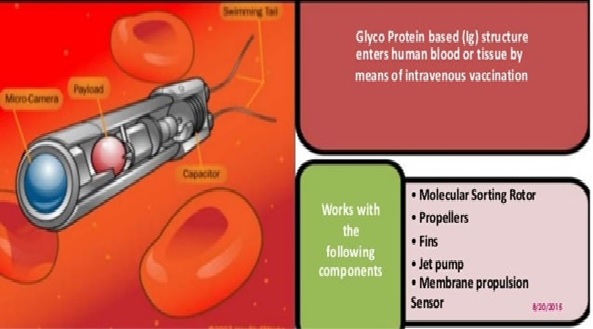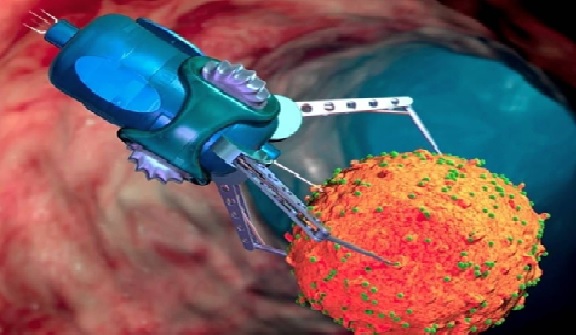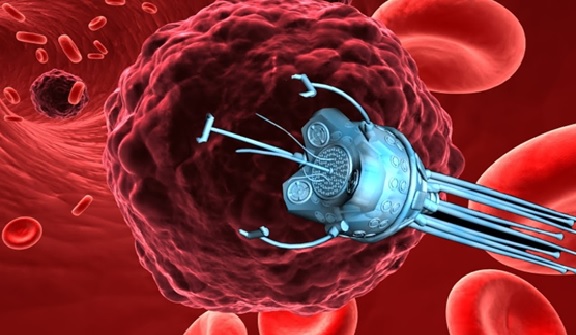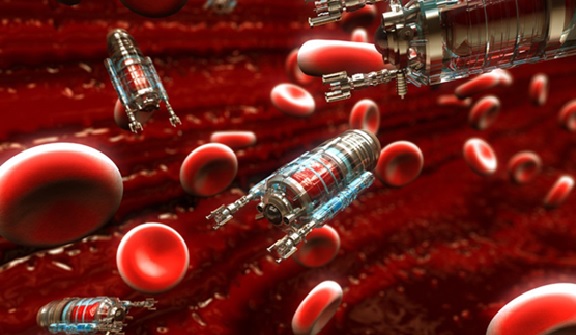Invention of Nano-Robotics
Already in 1959, the theoretical physicist Richard Feynman predicted that one day it would be possible to build tiny figure 1 shown below machines [1] of only a few thousand atoms. Also, he is the winner of the Nobel Prize in Physics in 1965. Later in the 1987 novel, “Engines of Creation,” Eric Drexler describes that nanobots.
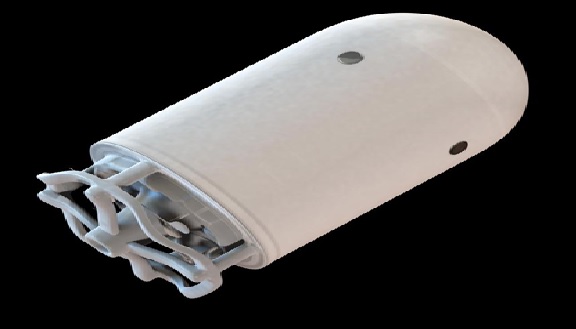
Figure 1: Invention of Nano-Robotics
- capable of destroying cancer cells
- collecting free radicals
- repairing damage to cell tissue
From here, the nanorobots began to be studied and investigated. And, at the moment, promises to be the next step in the evolution of human technique. A revolution that will not go unnoticed in the coming years, but that is not yet final.
Genetics, biochemistry, physics, engineering, and materials are the pillars for the creation and development of nanotechnology.
The history of the nanorobotics as an integrated circuit for medicine is highlighted as an advanced CMOS nanoelectronics device. The practical experimental nanorobot invention [2] comprises an engineered based prototyping device with applied approach using manufacturing methodologies with current and emerging technology trends.
Nanorobots can provide enormous impact for the development and implementation of advanced biomedical instrumentation with remarkable improvement to common clinical practice. It offers a cutting edge technology [2] for diagnosis, drug delivery, laparoscopic nanosurgery, and health care, with therapeutic applications for cancer, diabetes, brain aneurysm, contagious desiases, and cardiology.
A robot is a mechanical or virtual, artificial agent. It is usually a system, which, by its appearance or movements, conveys a sense that it has intent or agency of its own. The word robot can refer to both physical robots and virtual software agents, but the latter are usually referred to as bots to differentiate.
While there is still discussion about which machines qualify as robots, a typical robot will have several, though not necessarily all of the following properties:
Is not 'natural' artificially created-can sense its environment, and manipulate or interact with things in it-has some ability to make choices based on the environment, often using automatic control or a preprogrammed sequence-is programmable-moves with one or more axes of rotation or translation-makes dexterous coordinated movements
References:
- https://www.computertechreviews.com/definition/nanobots/
- http://nanorobothistory.org/
Cite this article:
Nandhinidwaraka S (2021) Development of Nano-Robotics Technology, AnaTechmaz, pp 2


